The Australian and New Zealand dollars were in high demand on Thursday, helping the latter to three-month highs as the prospect of stable interest rates at home contrasted with the start of easing cycles overseas.
The Bank of Canada on Wednesday became the first G7 central bank to ease rates and open the door to further cuts, while the European Central Bank is seen as certain to cut rates later in the session.
The Reserve Bank of New Zealand (RBNZ) is expected to keep rates at 5.5% until at least November, while the Reserve Bank of Australia (RBA) is not expected to ease rates until November. April next year.
The divergent outlook against other countries saw the Aussie gain 0.5% to $0.6678, after finding support at $0.6626 overnight. Resistance lies at $0.6699 and the May high of $0.6714.
The Kiwi dollar rose to $0.6209, and looks set to test a major double top at $0.6217/18.
It was helped by a decline in the Japanese yen which saw significant swings this week as carry trades were briefly curtailed. After falling 1% on Tuesday, the kiwi recovered all those losses on Wednesday and is now near 17-year highs at 96.57 yen.
A weak report on Australia’s economy for the first quarter has led markets to almost erase any chances of a further rate hike, but a 4.35% rate cut is still seen as distant.
The RBA chief reiterated on Wednesday that the rate outlook was balanced, but he also stressed that he was prepared to tighten monetary policy again if inflation proved more stubborn than expected.
This underlined the importance of the main consumer price report for the second quarter due at the end of July, where an upside surprise would revive the risk of a rate increase at the board meeting. RBA administration on August 6.
“Our forecast for core inflation is 0.8-0.9%,” said Gareth Aird, head of Australian economics at the CBA. “We believe such an outcome would be sufficient for the RBA to maintain its bank rate, but stronger-than-expected core inflation would test the RBA’s resolve not to tighten policy further.
“We believe the RBA can begin an easing cycle by November, but given the challenging inflation backdrop, the risk to our call increasingly shifts towards a later start date.” (Reporting by Wayne Cole; Editing by Sonali Paul)






